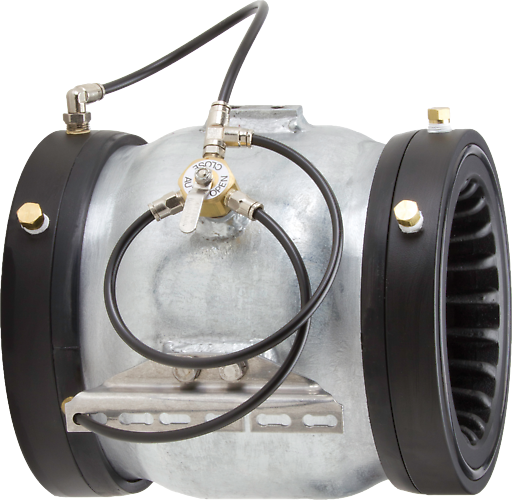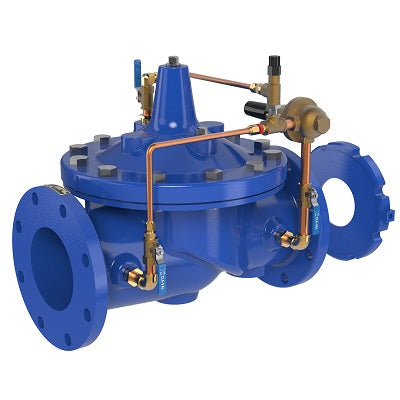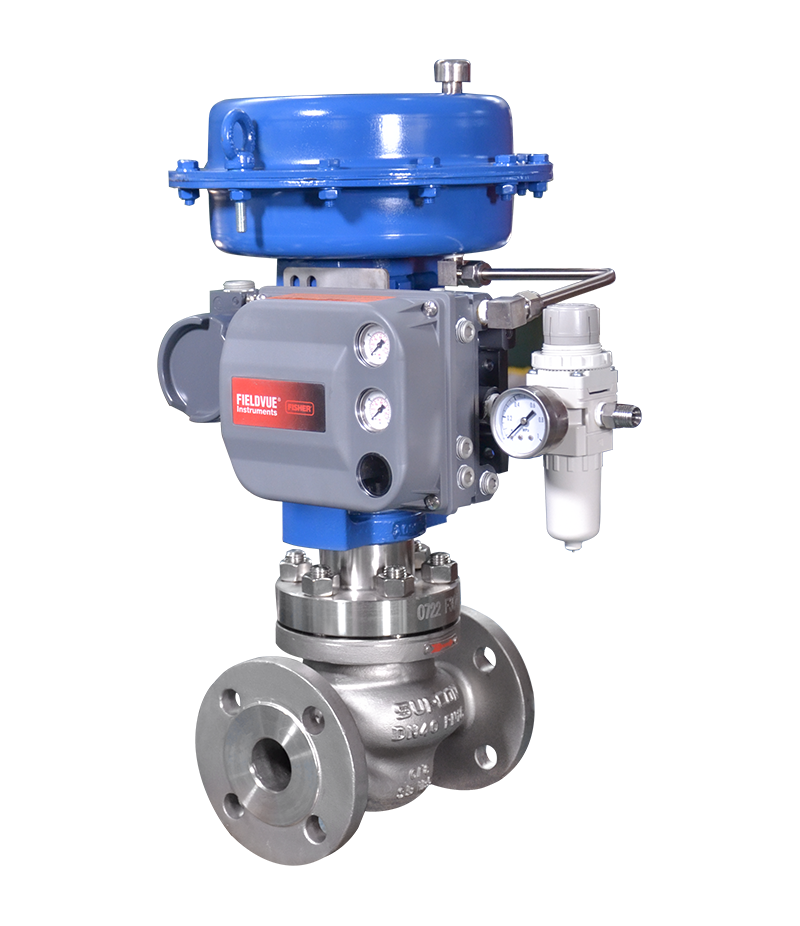
Maximize Energy Cost Savings and Convenience With Advanced Structure Automation Controls
In the realm of contemporary architecture and facility monitoring, the combination of innovative building automation manages stands as a crucial development. By utilizing the power of automation, structures can adapt, react, and progress in means that were as soon as unbelievable.
Power Performance Perks
Power efficiency benefits can dramatically minimize power intake and operational prices in structures. By applying energy-efficient techniques and technologies, building proprietors and drivers can attain considerable cost savings while also contributing to ecological sustainability. Among the primary benefits of improving power effectiveness in structures is the reduction of utility expenses. Energy-efficient systems, such as sophisticated structure automation controls, can enhance using sources like air conditioning, illumination, and heating, resulting in lower energy expenses in time.
Furthermore, enhanced power performance can lengthen the life expectancy of building devices and systems. By running extra effectively, heating and cooling systems, lighting components, and various other building parts experience much less deterioration, causing decreased maintenance and substitute costs. In addition, energy-efficient structures often regulate greater property values and rental prices, supplying long-term economic benefits to proprietors.
In addition, power effectiveness can improve owner convenience and productivity. Effectively controlled interior settings with ideal illumination and thermal problems develop a more favorable and positive work space, bring about enhanced worker satisfaction and performance. On the whole, the energy effectiveness benefits connected with advanced structure automation controls are diverse, incorporating price savings, ecological stewardship, and passenger wellness.
Improved Convenience Control
Enhancing convenience control in building settings needs an innovative integration of advanced automation systems for optimum passenger health. By utilizing innovative structure automation controls, facilities can customize the interior environment to meet the particular requirements and preferences of residents. control valves.
By integrating these advanced controls, buildings can not just improve convenience yet also improve power effectiveness by enhancing system procedures based on actual tenancy and usage patterns. Eventually, prioritizing owner comfort with advanced automation systems leads to a much more enjoyable and much healthier interior setting.
Operational Efficiency Improvements

Furthermore, the implementation of real-time tracking and analytics tools makes it possible for structure drivers to recognize energy inadequacies and operational anomalies quickly. By continually keeping an eye on power usage patterns and system efficiency metrics, modifications can be made in real-time to maximize power intake and ensure peak operational effectiveness. control valves. In addition, incorporating need feedback techniques into building automation controls can additionally enhance functional performance by dynamically adjusting energy use based upon grid conditions and pricing signals
Indoor Climate Optimization
Effective interior environment optimization is a fundamental facet my review here of building automation controls, making certain passengers' convenience and well-being while making best use of power cost savings. By utilizing advanced sensors and controls, building automation systems can continually change and check temperature level, humidity levels, air quality, and ventilation to develop an optimal indoor environment. Preserving comfy and consistent conditions not just improves owner fulfillment however additionally boosts performance and overall well-being.
Interior climate optimization additionally plays a vital duty in power effectiveness. By fine-tuning air conditioning, ventilation, and home heating systems based on real-time data and occupancy patterns, building automation controls can considerably reduce energy usage - control valves. Implementing approaches such as demand-controlled ventilation and thermal zoning can assist lessen power waste while making certain that each location of the building obtains the essential conditioning.

Lasting Atmosphere Development
Structure automation controls not only optimize indoor environment conditions for power effectiveness and occupant convenience however likewise lay the structure for developing a sustainable atmosphere with strategic monitoring of systems and resources. By incorporating advanced structure automation innovations, such as sensing units, actuators, and intelligent software application, facilities can check and readjust power usage in real-time to lessen waste and decrease their carbon footprint. These systems enable predictive upkeep, determining prospective problems prior to they intensify and maximizing tools efficiency to improve long life and efficiency.
Furthermore, sustainable setting production extends beyond energy administration to encompass water preservation, waste decrease, and indoor air quality enhancement. Structure automation controls can control water usage, detect leaks, and guarantee proper waste disposal practices, adding to total sustainability efforts. In addition, by monitoring and regulating air flow and filtering systems, these technologies boost passenger wellness and efficiency while reducing energy intake connected with HVAC procedures.
Final Thought
Finally, advanced click this structure automation controls deal considerable benefits in terms of power cost savings, convenience control, operational performance, interior climate optimization, and developing a sustainable atmosphere. By carrying out these controls, structures can accomplish ideal performance while minimizing energy consumption and enhancing owner comfort. It is evident that making use of index innovative automation modern technology is crucial in improving building performance and developing a more lasting future.
Power performance advantages can considerably decrease power consumption and functional prices in buildings. In general, the power effectiveness advantages associated with sophisticated building automation controls are diverse, incorporating expense savings, ecological stewardship, and passenger wellness.
Additionally, incorporating demand action strategies into building automation controls can better enhance functional efficiency by dynamically readjusting power usage based on grid conditions and pricing signals.
Structure automation controls not just optimize indoor climate problems for power performance and occupant convenience but also lay the foundation for developing a sustainable setting with calculated monitoring of sources and systems.In conclusion, progressed building automation regulates deal substantial advantages in terms of power financial savings, convenience control, operational performance, indoor climate optimization, and developing a lasting environment.